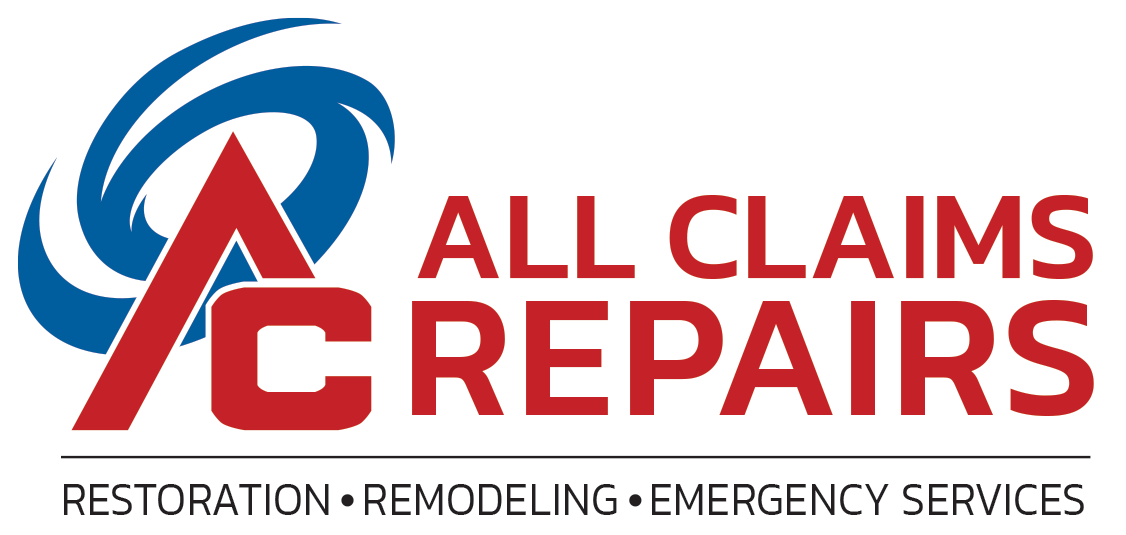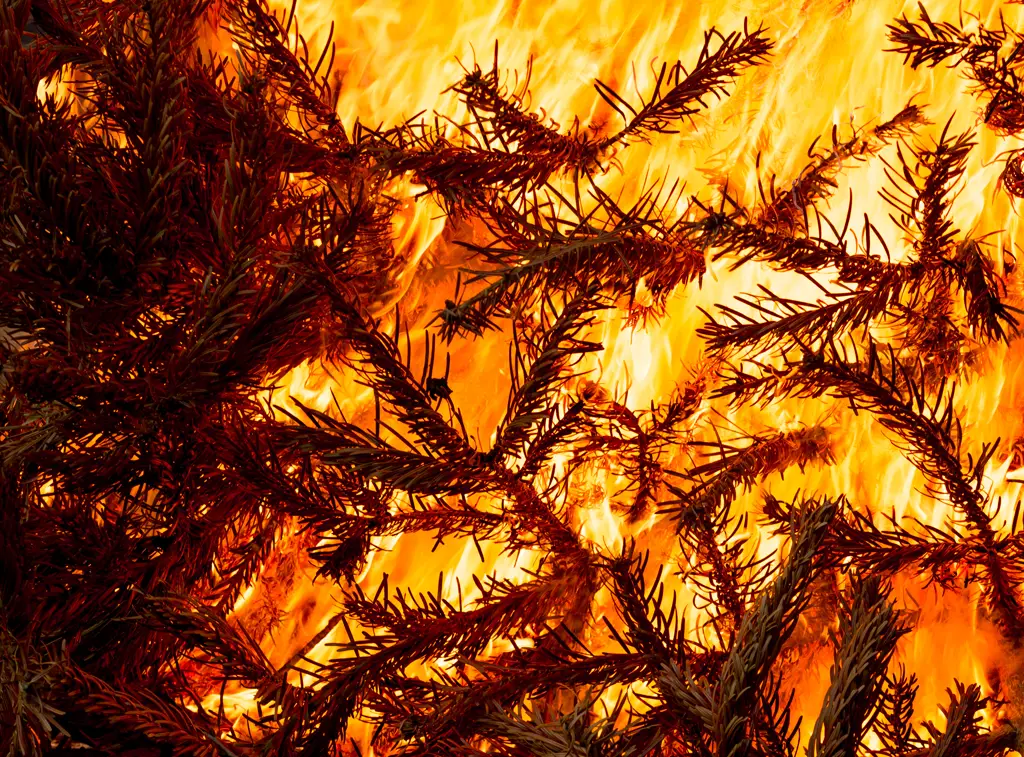As the colder months arrive, many homeowners shift into full-gear winter mode: turning up the thermostat, firing up the space heaters, lighting up the holiday décor, and cozying in by the fireplace. Unfortunately, that also means an uptick in the risk of house fires. Fortunately, there are three straightforward, high-impact steps you can take to dramatically reduce your risk.
Why winter is a higher fire-risk

Before we get into the “what to do,” here’s a quick look at the “why” behind it:
- Heating equipment fires peak in winter: According to the National Fire Protection Association (NFPA), nearly 46 % of all U.S. home heating equipment fires occur between December and February. NFPA
- An average of 45,900 home heating fires occur each year in the U.S. (data from 2013-2015). Sandy Spring Volunteer Fire Department+1
- Winter months dominate home fire death/injury statistics: One report found that almost 40 % of residential fire-related injuries and 50 % of residential fire fatalities occur between beginning of November and end of February. IRP CDN Website
- Holiday-season hazards spike: For example, nearly 47,000 fires occur during the U.S. winter holidays, cl aiming over 500 lives, causing more than 2,200 injuries and $554 million in property damage. American Red Cross
In short: more heat sources, more decorations, more “stuff” in homes, more enclosed time indoors. All of that raises fire risk. So let’s dive into three simple steps to keep your home and family safer.
Tip 1: Keep heating equipment and appliances safe and clear
Since heating is such a major contributor to winter fires, the most effective prevention often begins here.
What to do:
- Maintain a clear zone around heaters. Keep anything that can burn (e.g., furniture, curtains, blankets, décor) at least 3 feet (≈1 m) away from space heaters, fireplaces, wood stoves, radiators, heat vents.
- Turn off portable heaters when you leave a room or go to bed. According to sources, 29% of non-confined home-heating fires result when a heat source was too close to combustible materials.
- Use equipment properly: plug heaters directly into wall outlets (not power strips or extension cords unless rated for that use), follow the manufacturer’s instructions, and ensure fireplaces have proper screens.
- Have your chimney, fireplace and flue inspected and cleaned if you rely on wood/coal burning. Soot buildup and creosote dramatically increase fire risks.
- Make sure dryer vents are clear (especially in snowy/icy conditions) — blocked vents can cause lint fires that are more common in winter.
Why it matters: When heating becomes the primary source of warmth, the margin for error narrows. A space heater too close to a flammable surface or an unattended fire in a fireplace can escalate quickly.
Tip 2: Monitor open flames, holiday décor & decorations
Winter likely brings candles, string lights, live or artificial trees, mantles lit with seasonal décor, etc. These are additional fire risks if not handled properly.
What to do:
- If you use candles, never leave them unattended; place them away from flammable items; extinguish them before going to bed or leaving the room.
- Holiday trees and décor: Ensure live trees are fresh, well-watered, and placed away from heat sources; for artificial trees choose flame-resistant models; unplug lights before leaving home or going to sleep.
- Avoid using decorative lights or ornaments near heaters or fireplaces; check cords for damage (fraying, exposed wires) and discard if unsafe.
Why it matters: Fires originating from decorations, candles or trees tend to have higher losses. For example, winter holiday residential structure fires where Christmas trees ignited had about eight times higher fatalities per fire compared to other winter holiday fires. apps.usfa.fema.gov
Tip 3: Make sure smoke alarms and escape plans are in place
Even if you follow steps 1 and 2, things can still go wrong (equipment fails, embers land on a rug, etc.). Early detection + a practiced escape plan make a big difference.
What to do:
- Install smoke alarms on every level of your home (including basements) and inside/just outside sleeping areas. Test them monthly and replace batteries at least annually (or sooner if recommended).
- Replace smoke alarms every 10 years or when they’ve reached manufacturer’s end-of-life.
- Create an escape plan with your household: identify two ways out of every room, establish a meeting place outside the home, practice the plan.
- Have a fire extinguisher (at minimum a multipurpose ABC type) in key locations like the kitchen, near the fireplace/wood-stove area, and ensure everyone knows how to use it (PASS: Pull, Aim, Squeeze, Sweep).
- If you sleep with doors closed, consider interconnected alarms so if one goes off all alarms sound.
Why it matters: When a fire starts, especially in a modern home with synthetic materials, it can spread incredibly fast.



